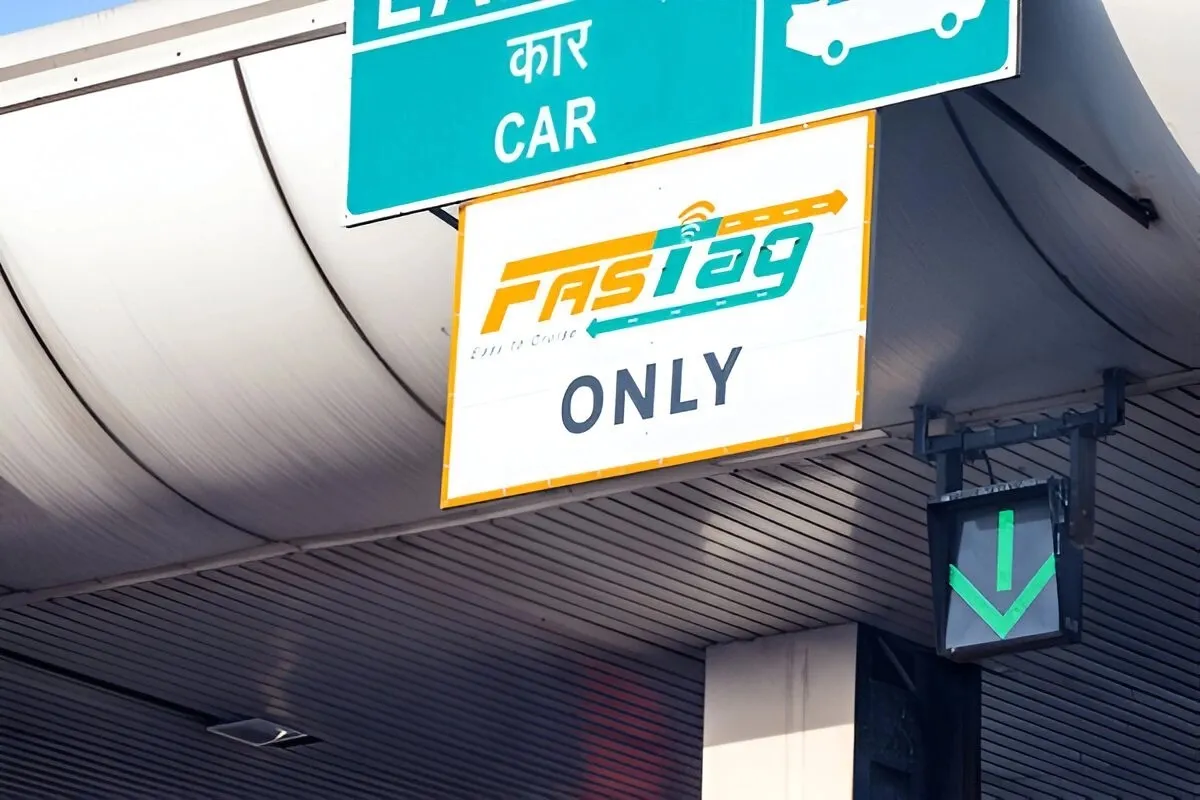NHAI’s Clarification on the New FASTag Rule – Everything You Need to Know
The National Highways Authority of India (NHAI) recently issued a clarification regarding the new FASTag rule, ensuring smooth toll collection and reducing congestion on highways. With the increasing adoption of digital toll payments, the role of NPCI (National Payments Corporation of India) in managing FASTag transactions has become more significant. This article covers the new rule in detail, its impact, and everything you need to know about seamless toll payments.
Understanding the New FASTag Rule
FASTag, a government-mandated electronic toll collection system, is now compulsory for all vehicles using national highways. Recently, rumors surfaced regarding changes in FASTag validity and payment procedures. To clear the confusion, NHAI confirmed that there are no sudden changes in the FASTag system. However, users must ensure their FASTag is active and linked to a valid NPCI-approved bank account to avoid penalties or double toll charges.
Key Highlights of the FASTag System
- Mandatory Usage – Vehicles without a valid FASTag will be charged double the toll fee per the 2018 NHAI guidelines.
- Automatic Deduction – The toll amount is deducted automatically from the linked NPCI account, ensuring hassle-free travel.
- Seamless Travel – Using FASTag reduces waiting times at toll plazas and helps decongest highways.
- Recharge and Validity – Users must recharge their FASTag via their bank’s portal or authorized payment apps.
How NPCI is Involved in FASTag Transactions
The NPCI plays a crucial role in facilitating real-time toll payments through the FASTag system. It manages the National Electronic Toll Collection (NETC) infrastructure, ensuring that toll deductions are processed securely. Every FASTag must be linked to a bank participating in the NPCI framework, allowing direct payment processing.
Common Issues Faced by FASTag Users
Despite its advantages, some FASTag users encounter issues while making toll payments. Here are the solutions:
- Insufficient Balance – If your FASTag is not recharged, the transaction will be declined. Ensure timely top-ups.
- Inactive FASTag – An expired or deactivated FASTag can lead to double toll charges. Check validity with your bank.
- Tag Blacklisting – If a vehicle frequently violates toll rules, its FASTag may be blacklisted by NPCI.
NHAI’s Clarification on the New Rule
NHAI reassured commuters that the existing FASTag rules remain unchanged. However, users must adhere to the following guidelines to avoid inconvenience:
- Ensure Bank Linkage – Your FASTag must be linked to an NPCI-approved bank for seamless payments.
- Keep Sufficient Balance – Maintain enough balance in your FASTag wallet to prevent transaction failures.
- Check Expiry Dates – Renew or replace expired tags to avoid being overcharged at toll plazas.
Benefits of FASTag for Highway Commuters
The FASTag system has transformed toll collection in India, offering numerous benefits:
- Saves Time – Vehicles can pass through toll booths quickly without stopping.
- Cashless Transactions – No need to carry cash, reducing hassles at toll points.
- Better Highway Management – NHAI and NPCI use data to improve highway efficiency.
- Lower Fuel Consumption – Reduced idling at toll plazas results in fuel savings.
Conclusion
The FASTag system, backed by NPCI and implemented by NHAI, ensures smooth toll payments across India’s national highways. Despite recent rumors, NHAI has clarified that there are no major rule changes. Vehicle owners should keep their FASTag active, maintain sufficient balance, and ensure their accounts are linked to NPCI-approved banks for seamless transactions. The future of digital toll collection in India looks promising, thanks to continued efforts by NHAI and NPCI.
FAQs
1. What happens if my FASTag does not have enough balance?
If your FASTag lacks sufficient balance, the toll transaction will be declined, and you may be charged double the toll amount as per NHAI rules.
2. Can I have multiple FASTags for one vehicle?
No, as per NHAI guidelines, a vehicle should have only one active FASTag linked to its registration number. Multiple tags can lead to penalties.
3. How do I check if my FASTag is active?
You can check the status of your FASTag by logging into your bank’s NPCI-approved portal or mobile app. Most banks also provide SMS alerts for tag activity.



